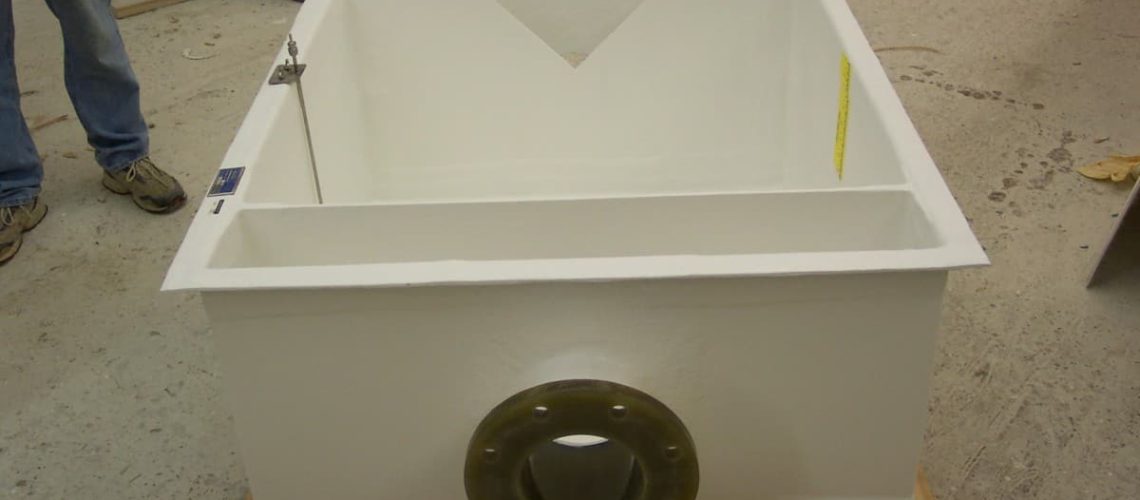When it comes to open channel flow measurement, there are two primary devices you can use. You can either opt for a weir or a flume. Both have plenty of advantages and disadvantages, so you’ll have to consider them all when determining which will best fit your unique channel needs. Here’s everything you need to know about deciding between weir vs. flume.
Weir Advantages
If you’re looking for a simple solution to open channel flow measurement, a weir is your best bet. They’re relatively affordable, and installation is easy. When you’re using a standard weir, accuracy is generally between +/-2% when tested under laboratory conditions. V-notch weirs, in particular, are easy to work with because there are universal free-flow equations available that apply to any angle between 25 and 100 degrees.
Weir Disadvantages
There are a few disadvantages to be aware of before you decide to go with a weir. While they are generally more accurate under laboratory conditions, that often doesn’t translate to real-world applications, as installation and calibration errors can make a weir inaccurate. You’ll also find serious limitations on head limits as they can be no more than 2 feet when working with a V-notch weir. Rectangular weirs have a bit more leeway, though, with a head limit of 5 feet. The most influential disadvantage, however, is the required maintenance compared to flumes. Debris will always collect behind the weir plate, and it’ll have to be cleaned regularly.
Flume Advantages
Flumes contain a variety of advantages that could be perfect for your flow channel. One of the most useful is their self-cleaning design. They don’t have to use a dam-like structure such as a weir plate, so there’s nothing for debris to get caught behind. Additionally, they’re often used with high-velocity flows, and that alone tends to clean the flume as the flow passes through. It’s not perfect, of course, but you’ll find yourself having to perform maintenance far less often. Additionally, flumes come in a wide variety of shapes and sizes useful for applications in several different flow channels and conditions.
Flume Disadvantages
No solution is perfect, and flumes are no exception. The first major disadvantage is their size. They tend to be much more massive than weirs, which means it takes far more material and work to even get one constructed in the first place. That alone can increase the price unless you opt for a material with an easy fabrication process like fiberglass. The size also increases installation costs. Additionally, not all flume styles are created equal. While H-type and trapezoidal flumes are generally pretty accurate compared to weirs, some Palmer-Bowlus and Montana designs can fall short in some cases.
Weirs and Flumes From Tracom
Deciding between weir vs. flume can be tough, but Tracom is happy to help no matter which direction you’re leaning. With our fiberglass weirs and flumes, our team can help you craft a custom design uniquely suited for your flow channel conditions. Contact us today to get started!



